How Budgetary Control Eases Cash Flow Uncertainty
By: Mark A. Brousseau | February 15, 2022
ARTICLE — Businesses that weathered the pandemic are facing a new obstacle: returning to growth. But difficulty forecasting costs and revenues is making revenue growth a daunting challenge.
That is according to a survey of 300 small and midsized businesses in California, Oregon, and Washington conducted by BPM, one of the largest U.S. public accounting and advisory firms.
19% of the businesses surveyed say they suffered a decline in revenues of 50% or more between mid-March to late-April. But BPM warns that businesses may not be out of the woods yet, especially those that rely on consumer spending. And this has big cash flow implications.
The government-mandated shutdowns and subsequent decline in economic activity have made it hard for businesses to fully assess and understand their cash flows and working capital requirements, BPM Advisory Partner and CFO Services Group Leader Terry Hill explains. After all, there is no telling how long it will take for local economies to fully re-open and for customer demand and supply chains to return to normal. And the unprecedented nature of the pandemic has thrown most corporate cash flow plans out the window. 57% of businesses surveyed by BPM say that their cash flow plan needs to be updated or that they did not have a cash flow plan in the first place.
23% of businesses are not bothering to project costs or forecast revenues.
While BPM notes that projections for the second half of 2020 assume some sort of economic recovery, the recovery will vary, depending on the industry and when businesses fully re-open. Not surprisingly, cash flow issues are the biggest threat in the eyes of business execs, BPM notes.
Tightly managing spend during uncertain times
That is why spend management and budgetary control are imperative. With no concrete timeline for when customer demand and supply chains will rebound, cash flow will remain an uncertainty.
PyanGo helps businesses of all sizes tightly manage their corporate spend with budgetary control solutions built on top of the Oracle NetSuite enterprise resource planning (ERP) application.
The technology enforces budget compliance in real-time for all expense-related transactions, from the point of the purchase requisition. As transactions are entered, the budgetary control solution checks budget availability, displays the committed amount, and validates data such as the account, department, and location. Purchasers are immediately alerted to any over-budget situations.
Once a transaction is saved, the budgetary control solution tracks the committed or unapproved purchase order amounts, the obligated or approved purchase order amounts, and the invoiced or fully expensed transaction amount. The technology also supports complex budget scenarios such as multi-level budgeting (where a certain amount of money can be budgeted to multiple departments that roll up into a parent department), capital projects, operational expenditures, and custom segments.
Better managing spend will not eliminate cash flow disruptions. But spend management will provide greater control and visibility during times when cash flow is uncertain. And that is a critical step towards returning to growth. Contact PyanGo to learn how we can help your business.
Click here to request a demo or arrange a no-obligation consultation with one of our experts.




